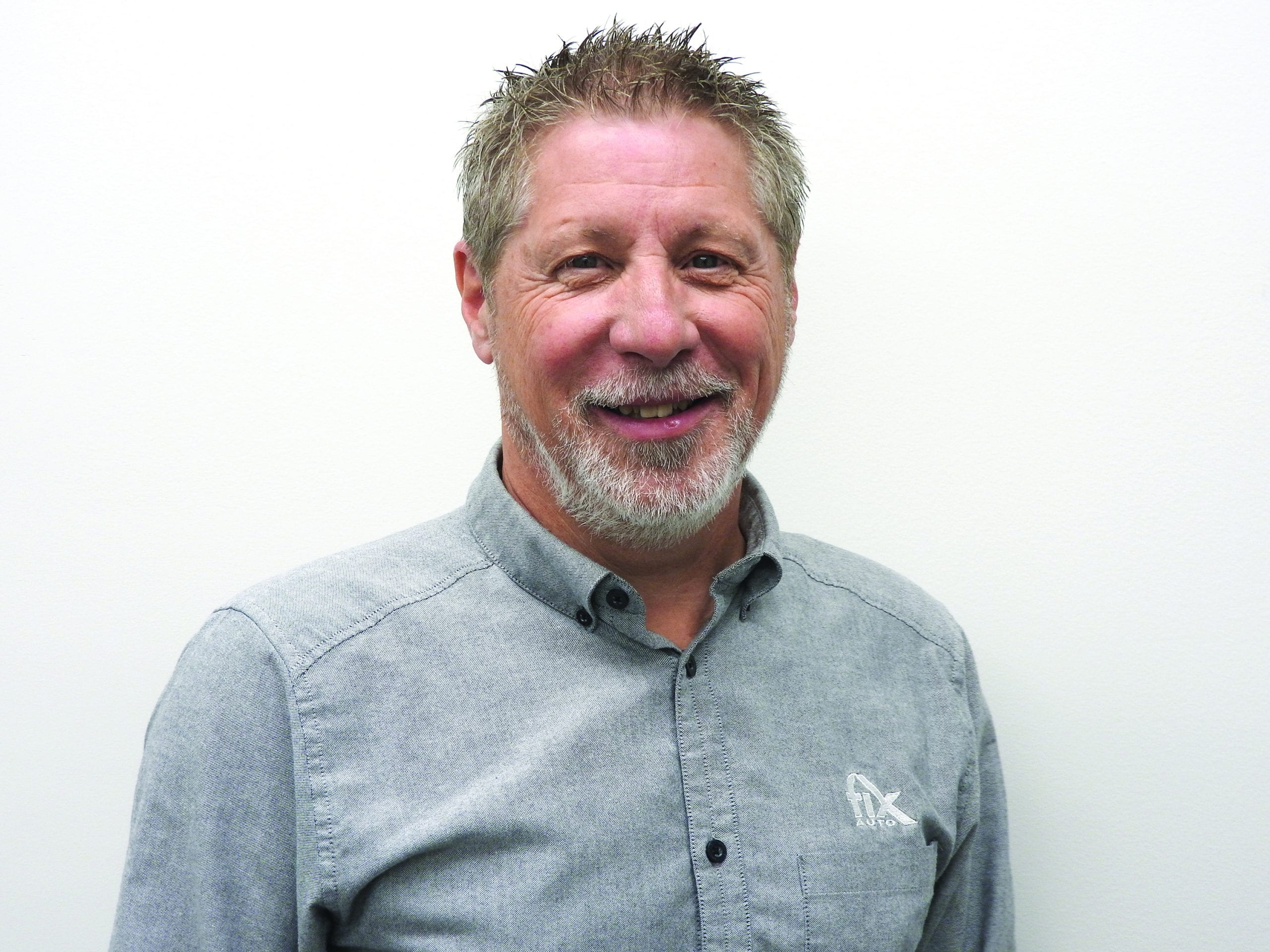Process, training and maintenance are key to successful results when it comes to spray equipment.
Many of us in the collision repair sector have likely heard stories about bottlenecks within the shop process and often it seems, they revolve around or are associated with, the refinishing process.
Sometimes, it could be a delay related to a lack of communication between different departments within the shop, or it could be a result of issues around staff training; equipment utilization and process.
From the beginning
When it comes to process, ensuring correct procedures are followed from the very beginning of the actual repair often have implications further down the line, including refinishing. John Turner, General Manager for SATA in Canada, notes that it can often go back to the estimate and when the vehicle is first brought in. “An example might be in the winter-time, when a vehicle is brought in for inspection and dismantling and it’s not washed properly, nor the damage accurately identified. All of a sudden, on the refinish side, you find that although you were expecting to work on a fender and a door, you end up having to do a fender, a door and a quarter panel.”

Stu Klein, Technical Trainer at Fix Network, believes a lack of communication and/or understanding between different departments within the shop around productivity on a daily, or hourly basis. “For example,” he says, “if repair technicians just keep completing repairs and pushing the vehicles to the paint department, it can create a bottleneck.”
There’s also the question of equipment and on the refinishing side, spray gun utilization, storage and maintenance are key ones in ensuring both the quality of the work and the consistency of it, relating to the entire refinishing process.
John Turner notes that it’s important to understand that not all spray guns are created equally. Quality can vary tremendously between different guns from different manufacturers and then, there’s also the question of what the gun itself is being used for. “There are guns that are designed for solid base, low VOC materials and guns that are designed specifically for water-based materials.”
Common mistake
Turner says a common mistake is believing that a gun can be a universal item that can be used to spray everything from UV primers, to low VOC base coats, to water-based materials and clears. He notes that when trying to adapt a gun for as many different uses as possible, quality suffers “and when you think about the material costs of colours, clear and even UV primers, not having the right gun, with the right flow is going to cost you money.”

He also notes that following both the gun and paint manufacturer’s recommendations is essential for achieving quality paint finishes and that’s where training comes into play. Turner can recall cases where he’s gone into collision shops that have ongoing problems with paint quality and the paint manufacturer is frustrated because the refinish department is not following the tech sheet for a particular paint. “We will go into the shop, take that tech sheet, follow the instructions verbatim and all the issues go away.”
At Fix Network, Stu Klein says shops really need to take advantage of training offered by both spray equipment and paint manufacturers on how to explicitly use each product as well as following recommended cleaning and maintenance schedules.
Cleaning and maintenance of spray guns is absolutely critical. “I would estimate that 90% of all paint defects we see are the result of equipment that wasn’t cleaned properly,” says Kyle Marsh, General Manager, Paint and Collision Operations, CSN Brimell, CSN Formula and CSN Morningside, in Scarborough, Ont.
Cleaning practices
Yet how and when the spray guns are cleaned is also essential. At SATA, John Turner recommends that a gun be cleaned after each use and that the nozzle, cap and needle be removed, the gun washed and dried; lubricant added on the spots where needed and then the gun reassembled and hung up to dry, ready for its next use.
Turner says he’s seen cases where guns have been soaked in thinners and even left overnight in them in some cases. “That’s the worst thing you can do with a gun,” says Turner, “because the thinner will cause the seals to dry out and it won’t work properly.”
Filtration is another aspect that will directly impact the quality of the paint finish. Turner says that good filtration is not just the concept of removing dust and dirt from the refinish process, but also oil vapours as well. “Compressors get hot and they can generate heat to a point where the oil vaporizes, so you need charcoal filtration to remove the oil and vapour out of the system.”
Otherwise, Turner says, the end result can be fisheyes, pinholes or sags in the paint finish, requiring a rework and adding a further bottleneck to the repair process. Another aspect that’s often overlooked is ensuring air hoses are removed from the spray booth after refinishing and prior to baking. “If the hose isn’t removed and ends up baking, over time it will break down internally, and the debris will go through the gun and end up in your paint finish,” says Turner, “so looking after your spray booth, keeping it clean and looking after the filtration is all part and parcel of delivering quality paint jobs on a consistent basis.”



